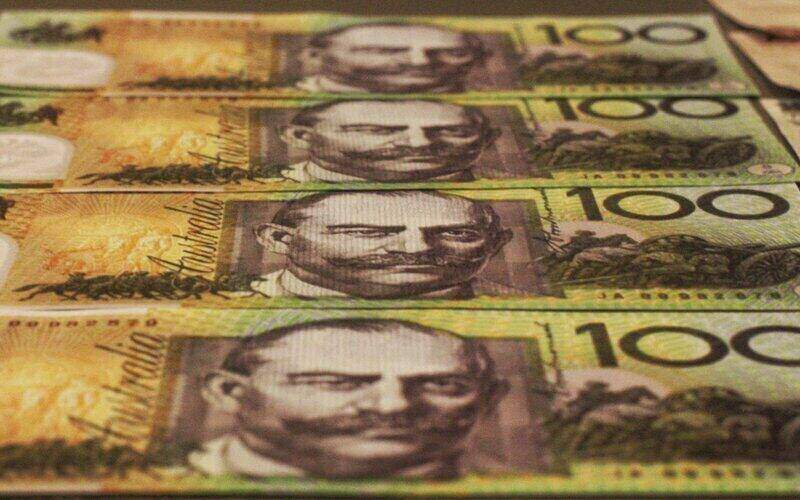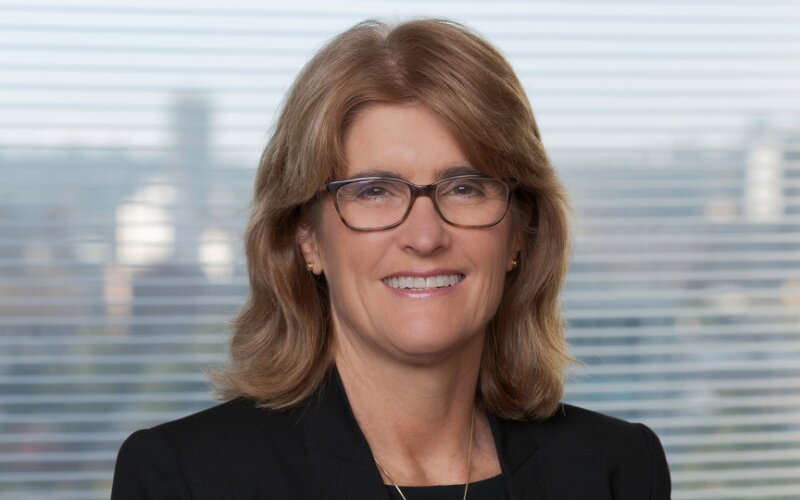The cash rate is now back at 4.10%, reversing the most recent increase of November 2023, but not everyone is celebrating.
Judo Bank's Chief Economic Advisor called the economic rationale from the RBA for the cut "non existent".
"[The RBA] have revised up inflation, effectively extending the cost of living crisis in the name of providing some rate relief," Warren Hogan told the Savings Tip Jar podcast.
"I'm concerned that this isn't going to prove a very good decision; I don't think they're going to cut again anytime soon."
Inflation moderated significantly in the second half of 2024, but the most recent annual underlying rate of 3.2% remains above the target band.
The RBA is now predicting underlying inflation will drop to 2.7% by June, which is in that target range, but that rate then won't drop until at least the end of 2027.
The November Statement on Monetary Policy (SOMP) was forecasting underlying inflation to drop to 2.5% - the midpoint of the target band - by the end of 2026.
This inflation timeline has been pushed back by six months for at least the past few series of forecasts, implying the RBA is more comfortable with it sitting outside the band.
"I'm not sure that [revising up inflation] is consistent with the idea that [the RBA] are resolute in their determination to get inflation under control," Mr Hogan said.
"Inflation is not gone by any stretch of the imagination and the RBA could look pretty stupid."
RBA governor Michele Bullock told media after the decision the Board had a "very active debate" on whether to cut, but concluded the better decision was to "ease a little bit of the restrictiveness."
She reiterated the cut does not mean the Board are any less vigilant about the upside risks to inflation.
"We've done one [cut], we've removed a bit of restrictiveness, we are still restrictive and we are waiting for more evidence that we are getting inflation sustainably back into the band before we are willing to move again," she said.
What happens now?
The February SOMP's economic forecasts assumes the cash rate drops to 3.4% by mid 2026, which would mean roughly another three cuts.
That's based on market expectations, which Ms Bullock suggested at the post meeting press conference might not be the likeliest path forward.
"Whether or not that eventuates depends very much on the data," she said.
"Our feeling at the moment is that that is far too confident that that's as many rate cuts as we're having."
The unemployment rate is still at an extremely low 4%, while productivity growth is yet to pick up - both of which are upside risks to inflation.
"We are continuing to test how low we can keep unemployment without inflationary pressures and so far, in good news, we're achieving it, but there are risks," Ms Bullock said.
Mr Hogan believes she and the rest of the RBA are being much too optimistic about the outlook.
"They're assuming wages growth slows further and stays low, they're assuming productivity growth picks up and starts growing at a healthy rate," he told the podcast.
"None of which, I think, is a sensible assumption...none of these things are being borne out by the data."
'Worrying' attitude to Trump tariffs
President Trump and the tariffs he may (or may not) go ahead with are another uncertainty that could have significant ramifications.
Mr Hogan is concerned Ms Bullock and the RBA are focusing too much on the potential drag these tariffs could have on growth.
"The thing that's worrying for me is the RBA...are framing the impacts around geopolitics and Trump and tariffs as being negative for growth," he said.
"They're not in any way, shape or form taking into consideration the fact that what a tariff is is inflationary," Mr Hogan said.
Tariffs on products coming into the US might make goods there more expensive, which might indirectly flow through to Australian prices.
In addition, the US President has taken aim at Australia's GST on online services hosted overseas, which he says are a tariff.
At the same time, given Australia exports more than $219 billion worth of goods annually to China, many economists feel a tariff-induced Chinese slowdown could be a major headwind to growth in the coming months.
Picture by Kenny Eliason on Unsplash

Ready, Set, Buy!
Learn everything you need to know about buying property – from choosing the right property and home loan, to the purchasing process, tips to save money and more!
With bonus Q&A sheet and Crossword!
.jpg)


 Harrison Astbury
Harrison Astbury
 Emma Duffy
Emma Duffy




